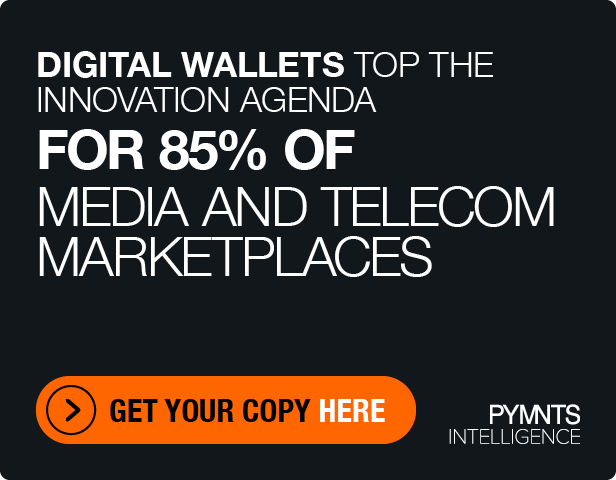Omnichannel A Conduit For Consumer Choice
The always on the go banking customer is demanding always on service, from checking balances to grabbing new cards at ATMs. Here’s how Entrust Datacard sees the banking landscape shifting as mobile gains traction.
Mobile has had a profound impact on consumer behavior and the expectations consumers have when it comes to banking.
In Entrust Datacard’s recent white paper, titled “Empowering Omnichannel Through Choice,” the firm noted that just a few years after the debut of mobile banking apps, consumers “fully expect anytime, anywhere access to services and the ability to [carry out a] transaction when, where and how it is most convenient for them” and in addition they expect to be protected against data breaches.
Given the fact that there is a growing proliferation of alternatives across the non-traditional banking realm, the choices are opening up for consumers who will go where the services are that they demand. Financial institutions, as a result, must deliver an “omnichannel experience,” said the white paper.
Lest the mindset be on the thought that “digital fits all,” Entrust cited data from Nielsen uncovered two years ago, that showed that customers’ preferred channels vary by transaction type. Mobile is great for customers when they want to check balances or make transfers; in terms of bill payments, 40 percent of people surveyed by Nielsen said they would use smartphones, but the majority opt instead for an online bill pay option. When it comes to making a deposit, the bricks-and-mortar visit to a branch holds sway. ATMs are best for cash withdrawals, judging from consumer behavior.
This disparate range of activity spells opportunity for banks, said Entrust, with an emphasis on real-time response, marked by “instant issuance” of debit and credit cards at branch locations, among other expectations and an example of convenience that can engender customer loyalty.
There’s a boon in instant issuance for the financial institutions themselves, said Entrust. The ability to issue cards on the spot and on demand means that the dollar purchase volume by double digits and interchange revenues are boosted by 2.5 percent on average. Roughly 30 percent of all cards are done through instant issuance today, a number that will grow as the number of branches offering that service grows, too.
Even at the ATM, next-generation banking services can be used to satisfy the needs of an always-on economy and discriminating consumer, including video banking, and, as mentioned above, instant card issuance.
The growing concern over security offers another avenue for banks to cement customer loyalty – a paramount issue as the average U.S. adult got three data breach notices in the past year alone, as reported by Experian. Thus, organizations must adopt multi-layered security approaches, said Entrust, with biometrics and other technologies, such as fingerprinting protocols, helpful in allaying consumers’ fears.
With the increased migration to online banking, there are a variety of ways for FIs to motivate customers and ensure their peace of mind. By way of example, push technology can help initiate a Web session over a mobile device, with prompts guiding the consumer to accept, verify and proceed with the transaction. Other factors geared toward enhanced authentication and safety include one-time passcodes and also electronic document signing (for loans, credit card applications and the like).
Furthering the multi-step approach toward combating fraud, Entrust noted that real-time fraud detection can also be joined with real-time fraud notification, which can speed time to capturing and flagging would-be damaging activities. Verification can come from the consumer themselves after prompts from the financial institution.
Taken as a whole, posited Entrust, the aforementioned technologies can be combined to create a seamless experience across channels. For example: A customer applies for a credit card, and does so logging into a mobile banking app, with authentication completed via push notifications. The application itself is completed and signed using an e-document process. Then, continued Entrust, a fraud alert comes weeks later, notifying that consumer of a large credit card transaction – and the consumer can then approve or deny the transaction. And should there be fraud afoot, the customer can call a branch, cancel the card, and then go to a branch for an instant reissue, even via ATM.
